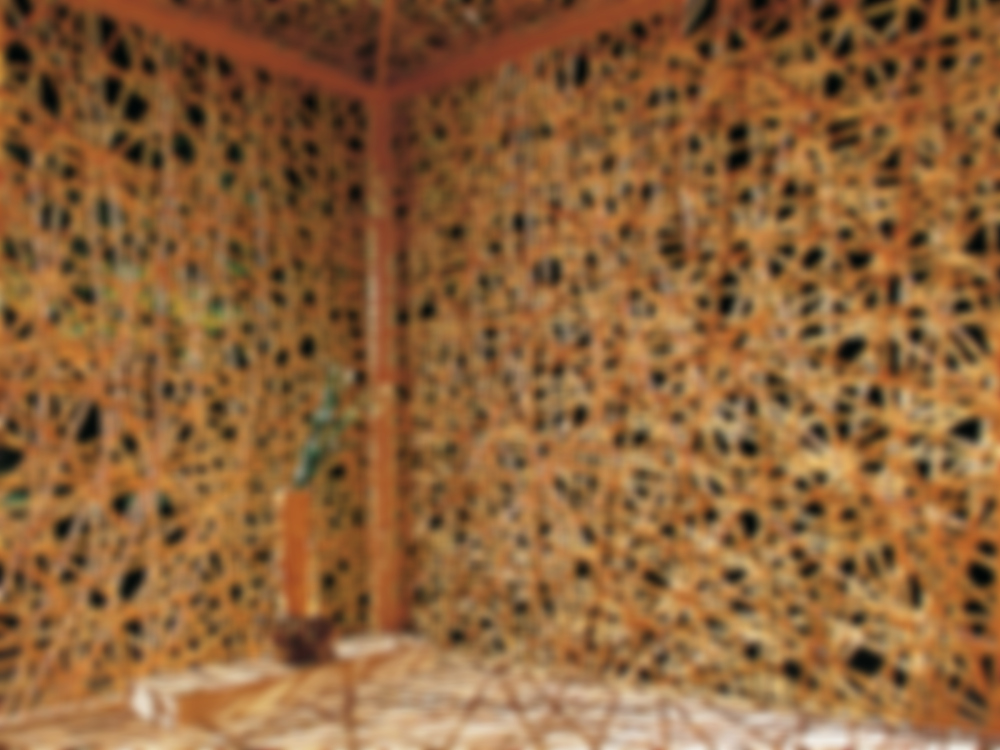The ritual of relationships surrounding the traditional tea ceremony begins on the “roji” or path in the garden, where the guest lays aside his daily cares. Originally, the location of the actual ceremony was not always a house, but simply a demarcated realm. The historical form of the tea house developed in the 15th century from the tatami room and...
Japanese Tea Houses
Issue
06/2000 Building with Membranes
Source
DETAIL
Task
New construction
Architecture
Shigeru Uchida

© Nacása & Partners

© Nacása & Partners